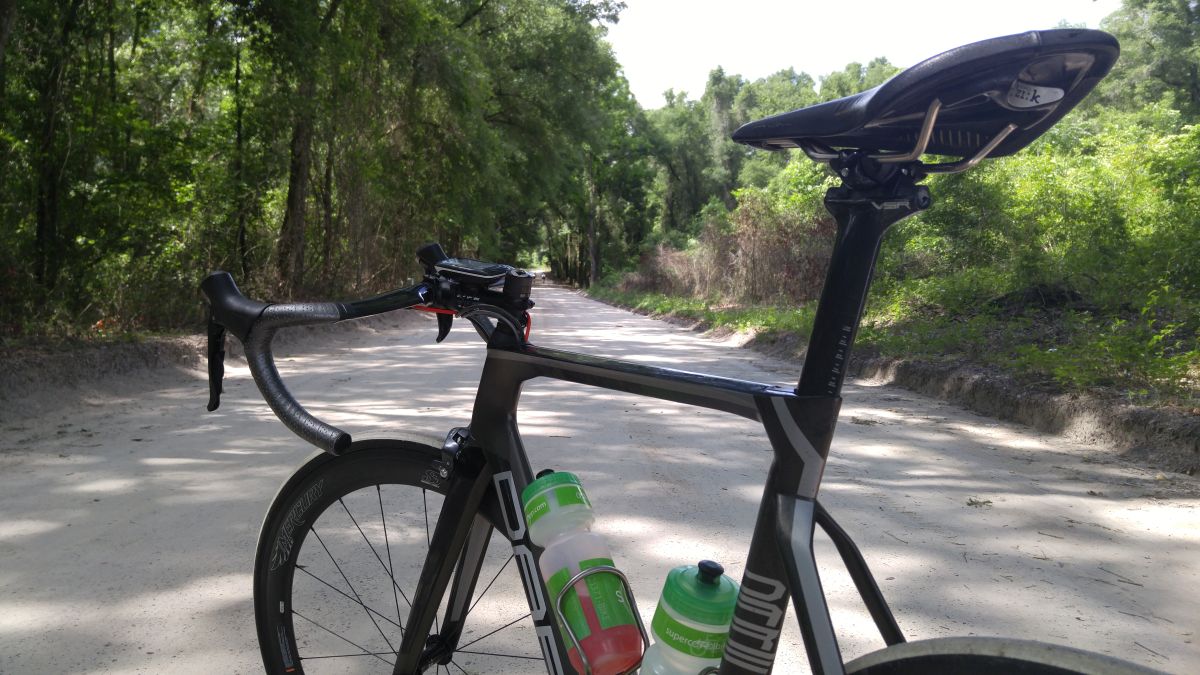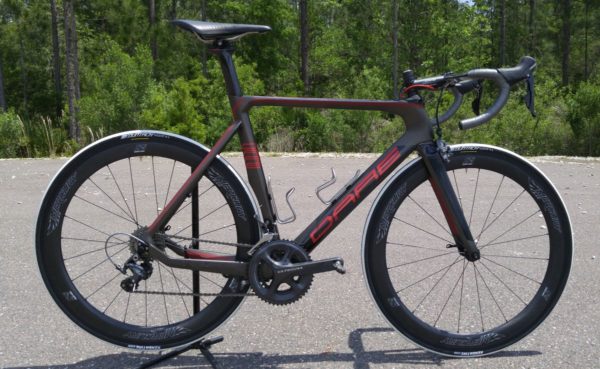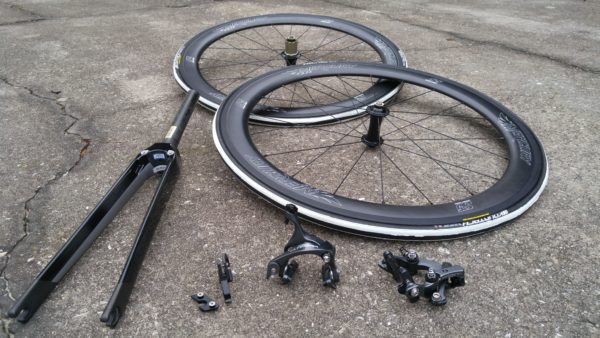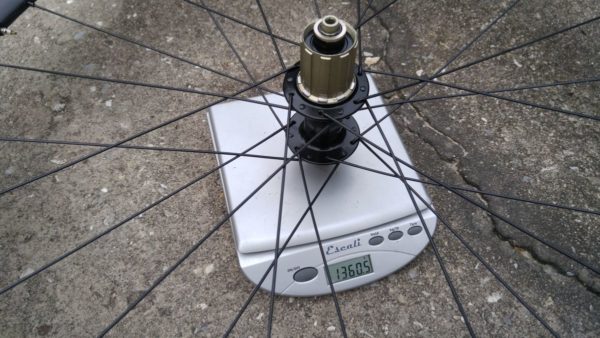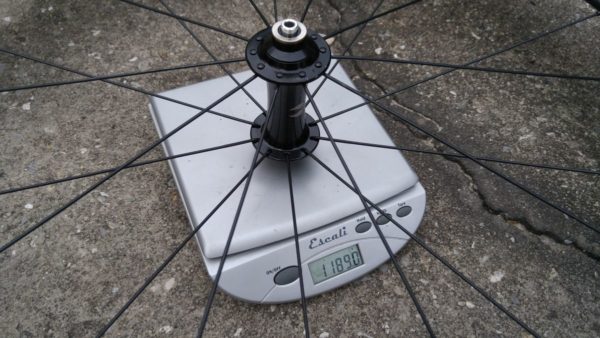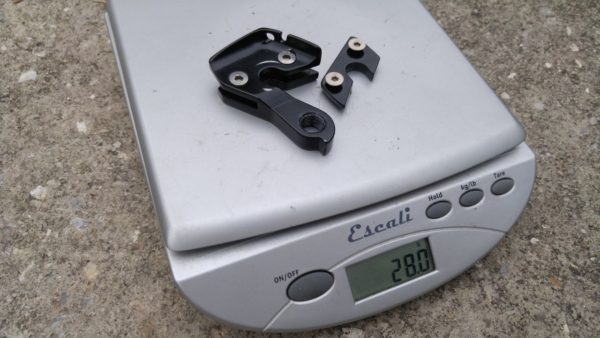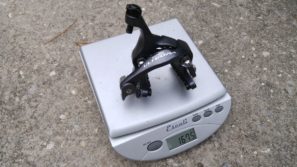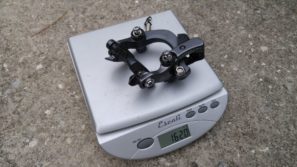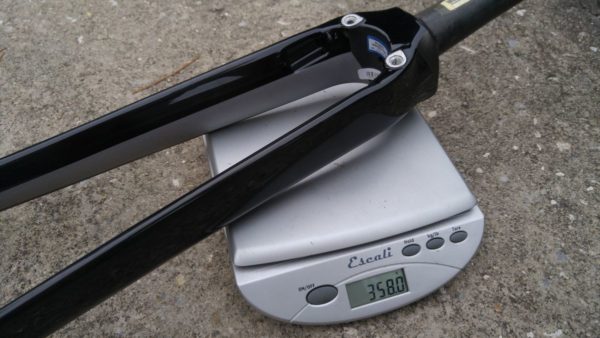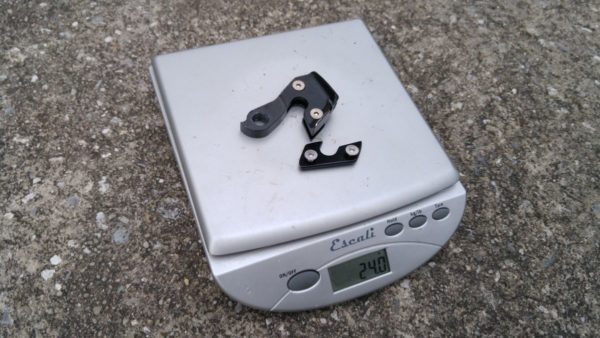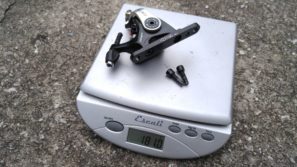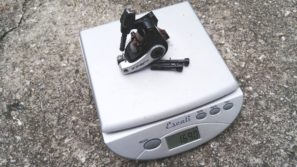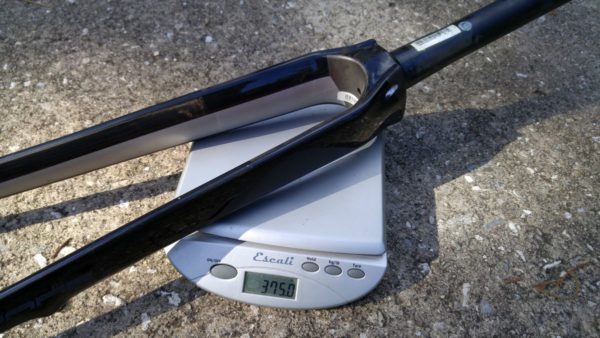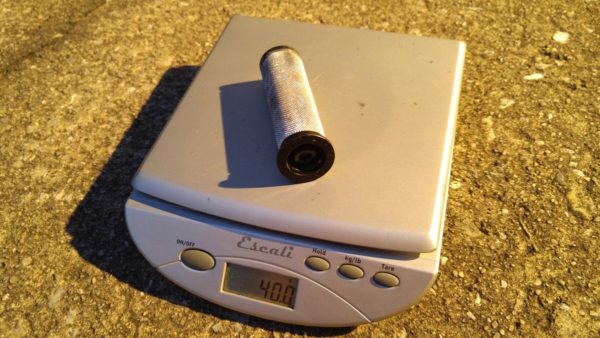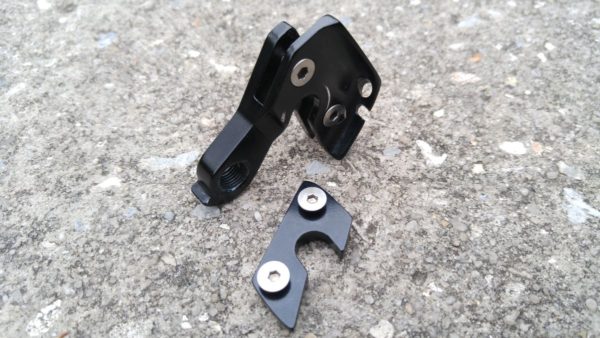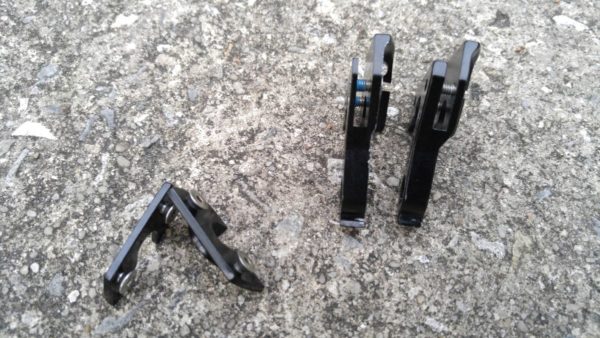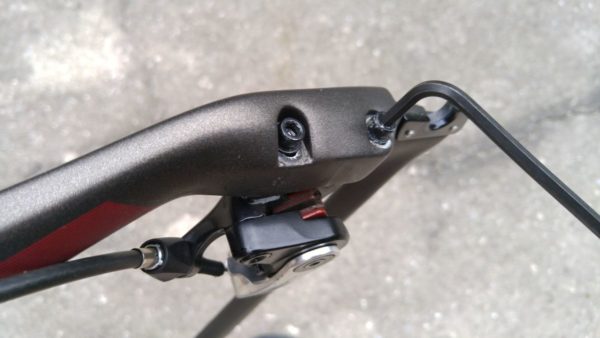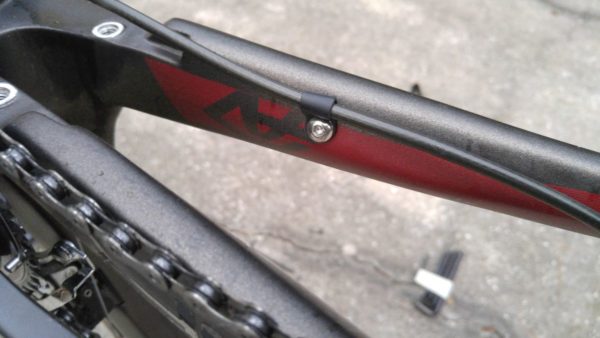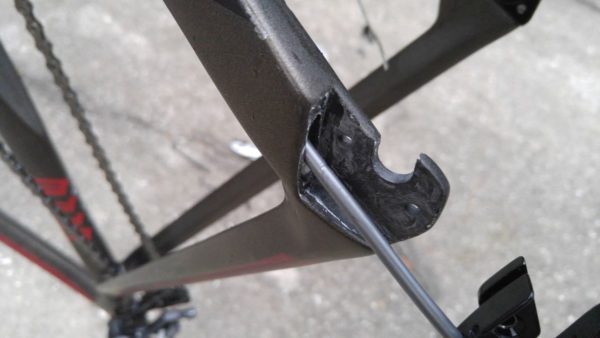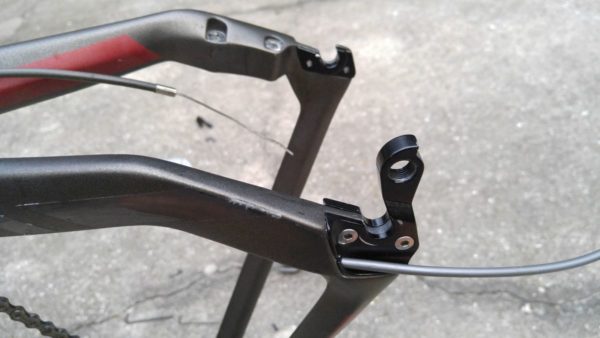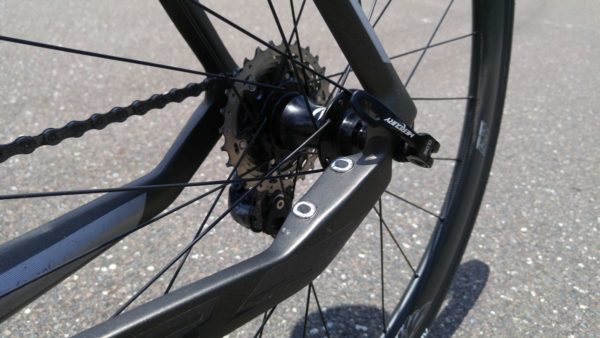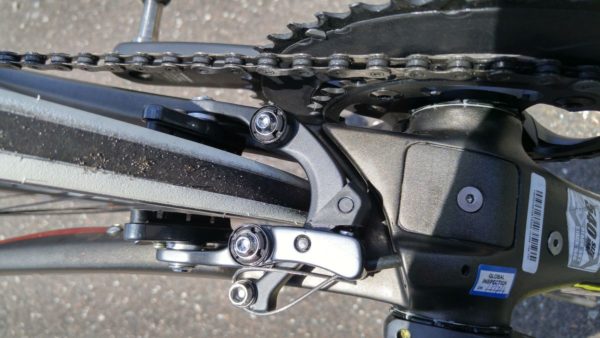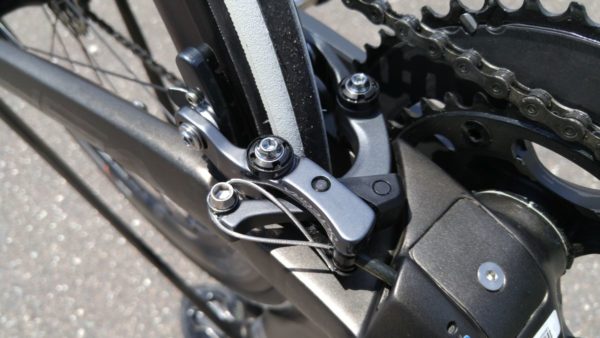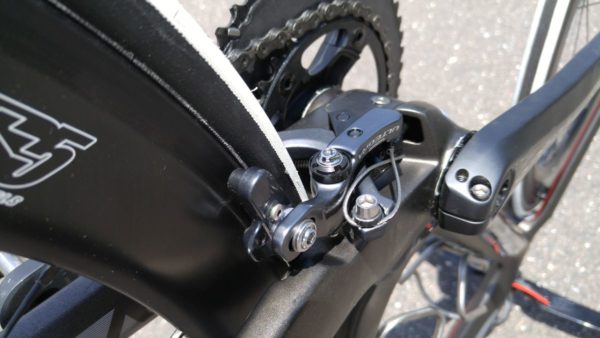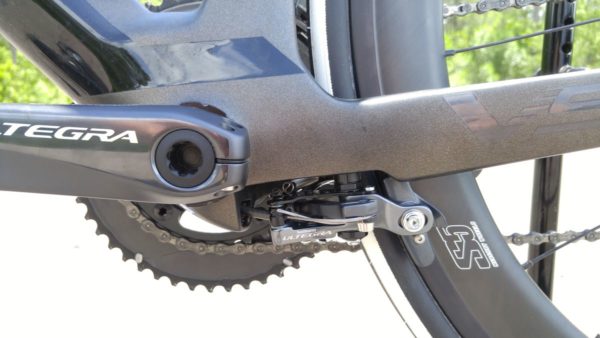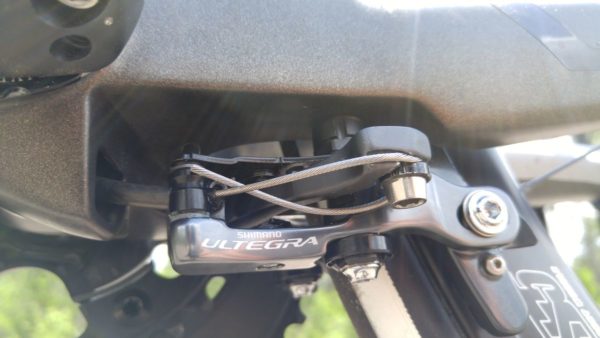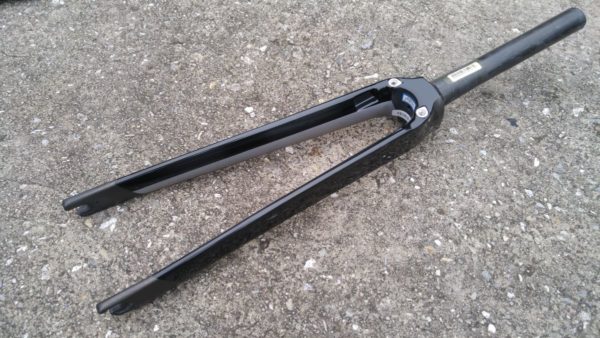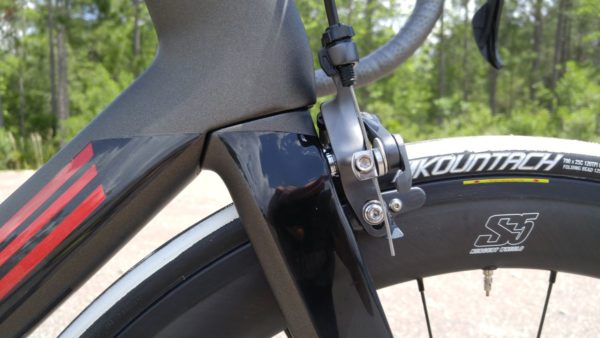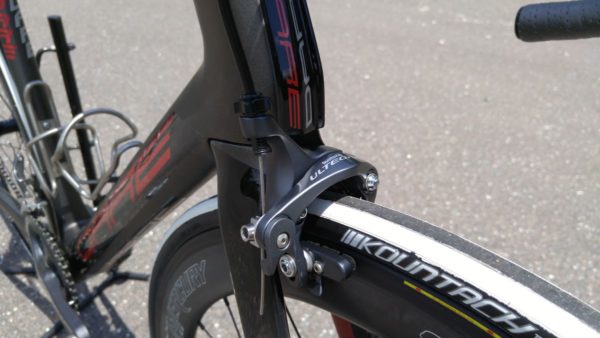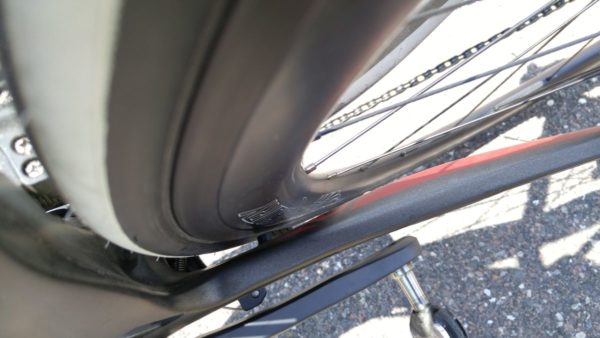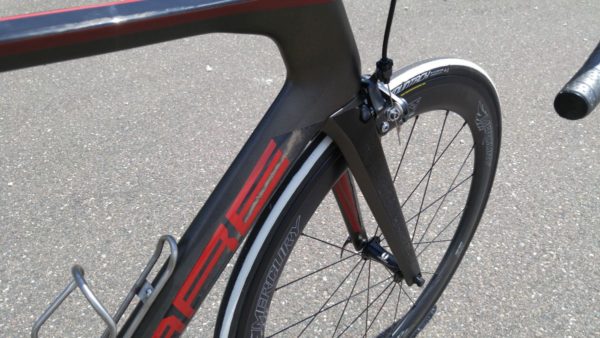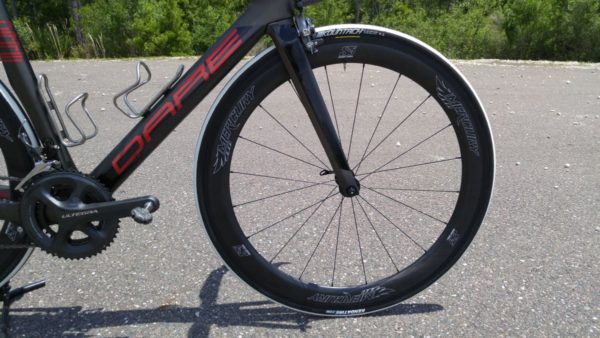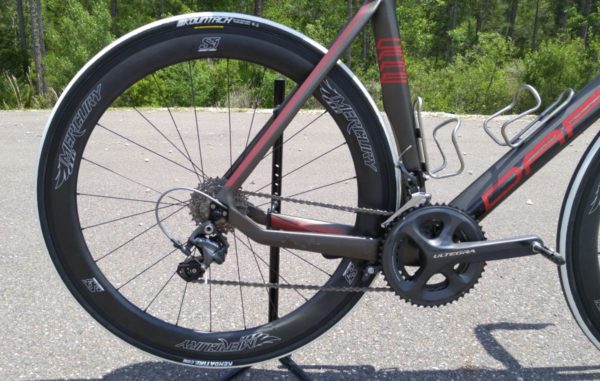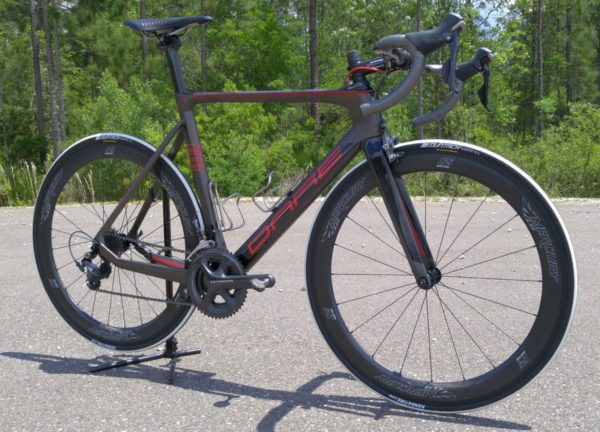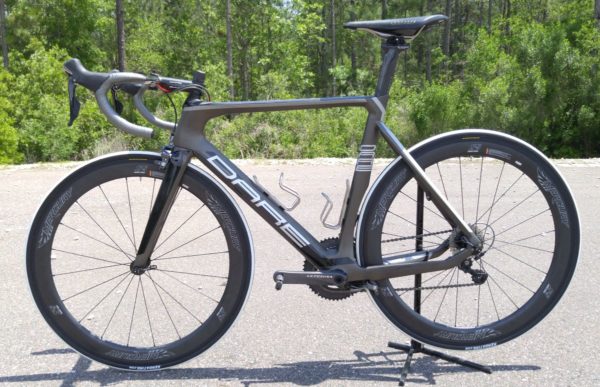A little earlier this year, we provided a tech overview of the Dare VSR Aero Road bike -a road bike capable of running disc brakes or rim brakes, with the appropriate fork, wheels, brakes and dropouts installed- and started the long term review . Part One covered the full ride review of the bike as fitted with disc brakes. Here, Part Two demonstrates the process of switching to rim brakes, along with details about weight of individual components, handy information for the component weight conscious cyclist in us. Click on through for Part Two…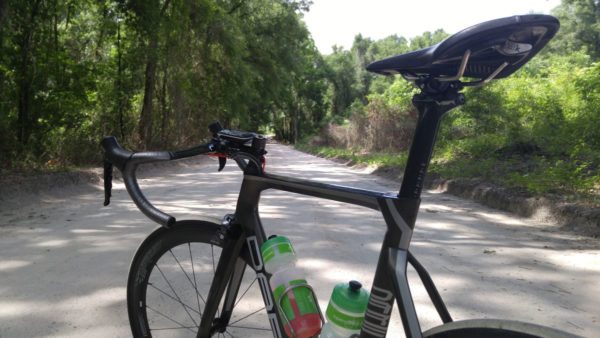
The following photos were taken after I switched the components over.
This is the collection of parts I received from Dare in order to switch the bike from disc brake to rim brake.
- 1 x Mercury S5 carbon clincher rim brake wheelset, 130mm rear axle.
- 1 x Pair of Shimano Ultegra direct mount brakes.
- 1 x Dare all-carbon VSR fork for direct mount brakes.
- 1 x Set of dropouts for 130mm spacing.
The Kenda Kountach tires used in the in disc brake configuration were swapped over to the rim brake wheels.
Rim Brake Component Weights:
Mercury S5 rear carbon clincher rim brake wheel with Kenda Kountach tire and tube (1,360.5g).
Mercury S5 front carbon clincher wheel with Kenda Kountach tire and tube (1,189.0g).
One of the most important pieces in the conversion, the 130mm dropouts (28g)
Shimano Ultegra direct-mount front brake (167.5g) and rear brake (162g).
Dare all-carbon VSR fork for direct mount brakes and integrated crown race – 358 grams.
Total weight – 3,266 grams.
Disc Brake Component Weights:
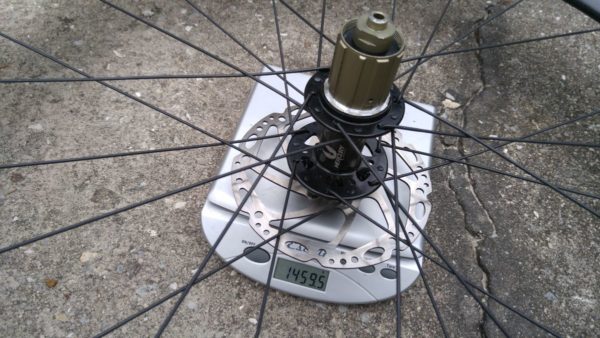 Mercury S5 rear carbon clincher disc wheel with TRP rotor, steel fixing bolts, Kenda Kountach tire and tube (1,459.5g).
Mercury S5 rear carbon clincher disc wheel with TRP rotor, steel fixing bolts, Kenda Kountach tire and tube (1,459.5g).
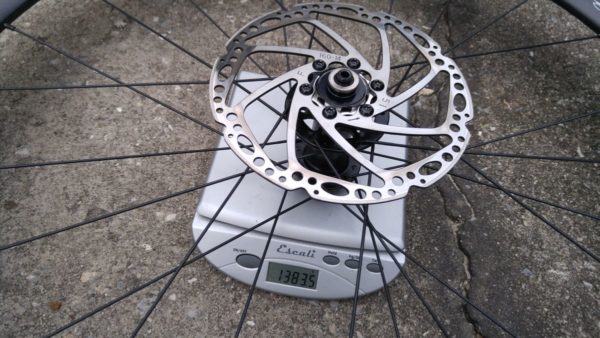 Mercury S5 front carbon clincher wheel with TRP rotor and steel fixing bolts, Kenda Kountach tire and tube (1,383.5g).
Mercury S5 front carbon clincher wheel with TRP rotor and steel fixing bolts, Kenda Kountach tire and tube (1,383.5g).
135mm dropouts weigh a tad less than their 130mm counterparts (24g).
The flat mount TRP Spyre brakes were weighed with fixing bolts, front on left (181g) and rear on right (169g).
As expected, the disc brake variant of the Dare all-carbon VSR fork weighs more than the rim brake version, but only by 17 grams (375g). Both forks have the same steerer tube length.
Total weight – 3,618 grams (including approximately 25 grams for slightly longer brake cables and housings).
Rim brake Configuration weighs 352 grams less than its Disc brake brethren.
Fork expander shared universally between the disc and rim brake fork at 40 grams.
The Dare VSR disc brake dropouts.
Dare VSR 130mm and 135mm dropouts side by side.
Making the Switch
Remove the front and rear brakes.
Remove the disc brake cable guide and re-install the bolt.
Remove the 135mm dropouts.
Install the 130mm dropouts.
How the Dare VSR looks without the rear disc brake mounted in place.
I’ll save the intricate details of how to install a Shimano direct-mount rear brake, but it was relatively simple and painless. Once the brake was bolted to the frame, cable and housing shortened, the pads were adjusted and the rear brake was ready to go. Because the bike did not come with a Shimano CB90 Cable Adjuster for direct-mount brakes, I had to set cable tension to allow for good brake feel but allow enough room to get the rear wheel in and out. Add a Shimano CB90 to your shopping list if building the Dare VSR from scratch with rim brakes.
Brake cable bolted into place… cable end cap installed later.
Braking performance is excellent, very much on par with the mechanical TRP Spyre brakes that these replaced. However, in wet weather, disc brakes generally fare much better.
Swapping the fork was very simple, as was the installation of the front brake.
With the disc brake fork installed, the brake housing and cable were shortened.
Despite a road caliper brake sitting below the headtube, I think the front end looks a little cleaner with the rim brake cable residing in the traditional spot versus the disc brake cable – see Part One.
Depending on the rim, the Dare VSR will accept up to a 28mm tire, but clearance might be tight.
The Mercury S5 rim brake versions of the wheelset seem to accelerate to speed better than their disc brake brethen, and up to speed, they roll along nicely.
With rim brakes installed, the Dare VSR looks even faster. This bike is a head turner.
Note the contrasting logo colors on the left and right side of the frame.
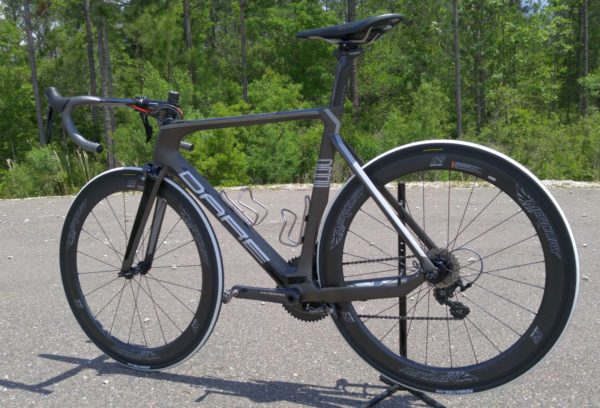 As alluded to in Part One, the Dare VSR is only available to the Asian market or to teams sponsored by the company, but their plan is to bring start selling into North America. Price and timeline are to be determined, but when available, the VSR will sold as a module comprising frame, fork, headset, seatpost and handlebar.
As alluded to in Part One, the Dare VSR is only available to the Asian market or to teams sponsored by the company, but their plan is to bring start selling into North America. Price and timeline are to be determined, but when available, the VSR will sold as a module comprising frame, fork, headset, seatpost and handlebar.
Photos and article by Gravel Cyclist. Jayson O’Mahoney is the Gravel Cyclist: A website about the Gravel Cycling Experience.
